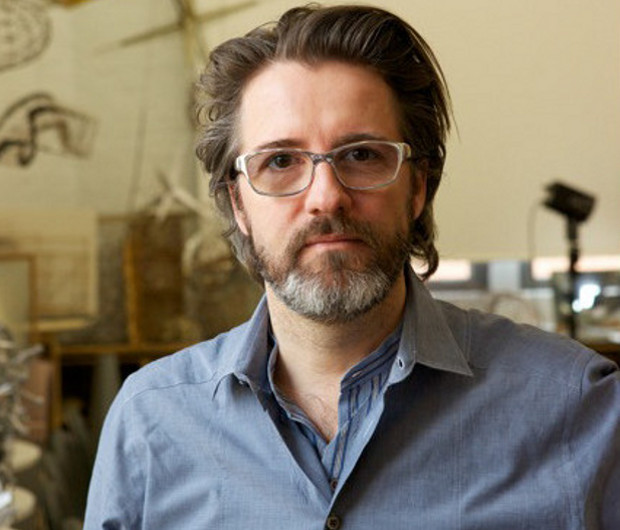
Olafur Eliasson on art schools and the art market
The artist and Akademie X contributor loves risks, hates hierarchy and thinks Ethiopia makes Berlin look boring
Art lovers may know Olafur Eliasson from his 2003 sun-like Turbine Hall installation at London’s Tate Modern, The Weather Project, or from his 2008 New York City Waterfalls project, when he built huge falling-water features along the city’s riverfront. However, art students will be familiar with his educational work at the Institut für Raumexperimente, or Institute for Spatial Experiments, in Berlin, and his scholarly inclusions in our new essential new title Akademie X. Read on to learn what Professor Eliasson thinks the art market is doing to art schools, why a book is a ‘reality machine’, and when thinking, rather than doing, can be a bit overrated.
Most artists you teach are young artists. What are they good at, and what are they bad at? "I think what young artists are good at and what they find challenging is closely related. They’re good, because they’re vulnerable, in the sense that they’re more likely to be open to deviations from a normal path from A to B. It is easier for them to experiment, and that comes with the risk of failure. There’s the weakness. There is a general degree of conservatism, and commodification in the art world today, as well as a relatively narrow understanding of what is normal. Experimentation is often not very welcomed. If you’re a young artist and quite vulnerable, to take a risk can prove quite threatening. In the end, they can become a bit inhibited and make art that is quite object-oriented."
Does this sort of conservatism begin quite early? "Yes. It can come in at the very beginning of art school, unfortunately. The definition of success is clear and critical thinking is set aside for the sake of faster careers. I see that unfortunately in every art school. There’s more focus on how these young art students are seen, rather than how they see the world, and that changes their lives. They reorganise everything to satisfy a certain commodification of lives. It becomes the ideal artistic success."
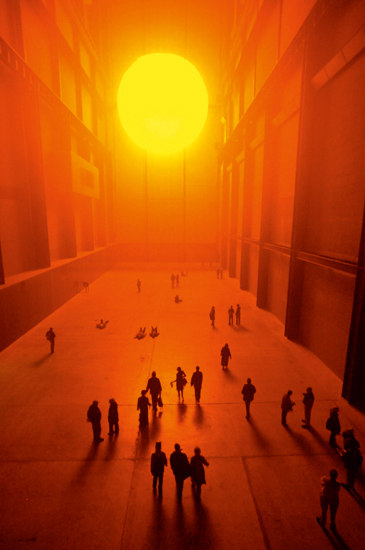
Was that so when you were starting out? "No. There’s a greater degree of sophistication in art education, and this is both good and bad. Now you have access to more information and knowledge, you can move schools, and you’re exposed to a very wide range of material, compared with when I was an art student, in the early '90s.
"Then again, career definitions are very narrow now, success criteria are very quantifiable and the general degree of risk taking is relatively low. People are so self-conscious they’re unlikely to experiment for the sake of experimentation."
Speaking of experimentation, a couple of exercises you recommend in Akademie X involve walking backwards or walking slowly. How does something like that enable us to have a greater appreciation of the world? "I think it helps, because the way we experience the world is through cultural constructions. What we consider to be an objective truth is actually a subjective one. These physical exercises are ways of investigating the conditions of experience and what we consider real. They allow you to focus on the knowledge of the physical body, how we experience the world through the body, when we are walking down the street."
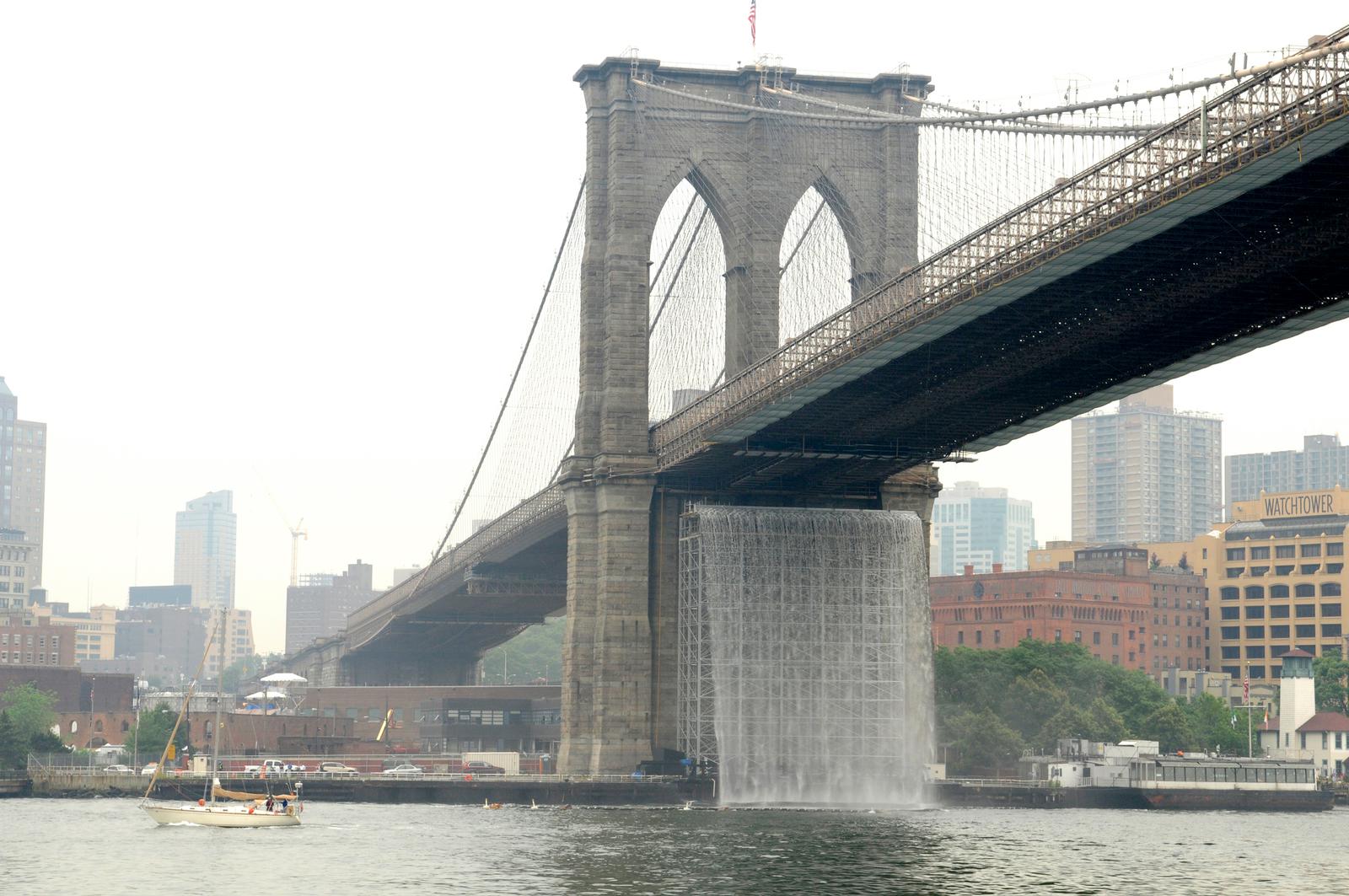
You also recommend readers create a ‘spontaneous book’. Why is print important? "Because we often make the mistake of thinking that a book represents something that is going on somewhere else, something external. Actually, I think a book is also a reality machine, or a sculptural object. A book is as much here and now as anything else; it is something physical that’s right in front of you. By making a spontaneous book, one demystifies and rationalises the making of a book, to see the book as a content amplifier or performer. The book as an extension of an artistic agenda, rather than a presentation of art."
Your Akademie X lessons focus on new ways in which we can experience the world. Is that something you think artists sometimes overlook? "Art is essentially about what you say and how you wish to make an impression on the world with what you’re saying. For me, art that does this the best involves physical experience, which can make a much deeper impression than intellectual encounter. I think experimentation is a great vehicle for understanding this – it is something as a method that not only informed the school, but also forms the core of my artworks and my Berlin-based studio."
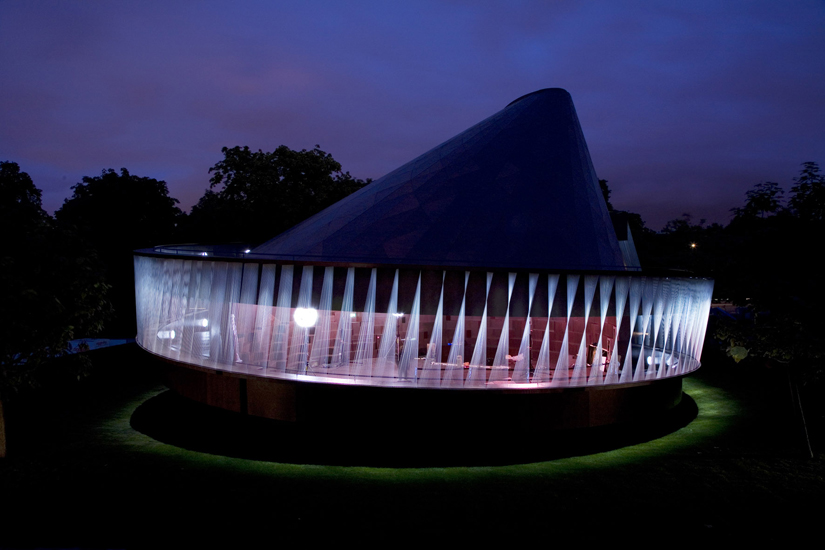
So, do you think that that just engages you on an intellectual level is quite limited? "Well, that’s unfair, because that sort of art doesn’t really exist. Even when you sit with a book or a piece of paper, there’s some physicality to it. And I’m not bashing conceptual art. If you look at most conceptual art you will see that there is incredible rigour in its execution.
"We don’t live at extremes; we are always balanced out in one way or another. Then again, sometimes I’ll speak to a student, and he or she will say 'I’ve thought about making this work of art, isn’t that a great work of art.' And I say, 'No, that’s an idea. It could be good, but why don’t you first try it – then you will know whether it’s a good work of that.'
"Thinking seems so close to doing these days people underestimate that thinking and doing are quite far apart. There’s the thinking, and there’s the doing, and going from the thinking to the doing, that’s maybe where you have the most affordance or agency. There’s agency in thinking and in doing, but there’s perhaps more in the transition from the thinking to the doing. Creativity lies in the consequences of deciding to go from thinking to doing, to change from being a thinker to a doer."
Your lesson in Akadamie X refers back to your work at the Institut für Raumexperimente. Are you a good teacher? Which aspects of your character lend themselves to education, and in what respect do you find it difficult?
"In the past, art education has, I believe, failed to acknowledge the fact that creativity is a producer of reality. The hierarchical system of knowledge and education exhibited in many art schools can be unproductive. This unequal relationship between teacher and student often distances the students from producing real work in real life. At the School of Spatial Experiments we wanted to leave this framework behind. I did not see myself as a teacher so much; instead I saw myself more as a co-producer.
"I’ve never expelled a student, and I don’t believe in the hierarchical enforcement. That does not mean I did not tell students they were lazy or slobby, or clumsy."
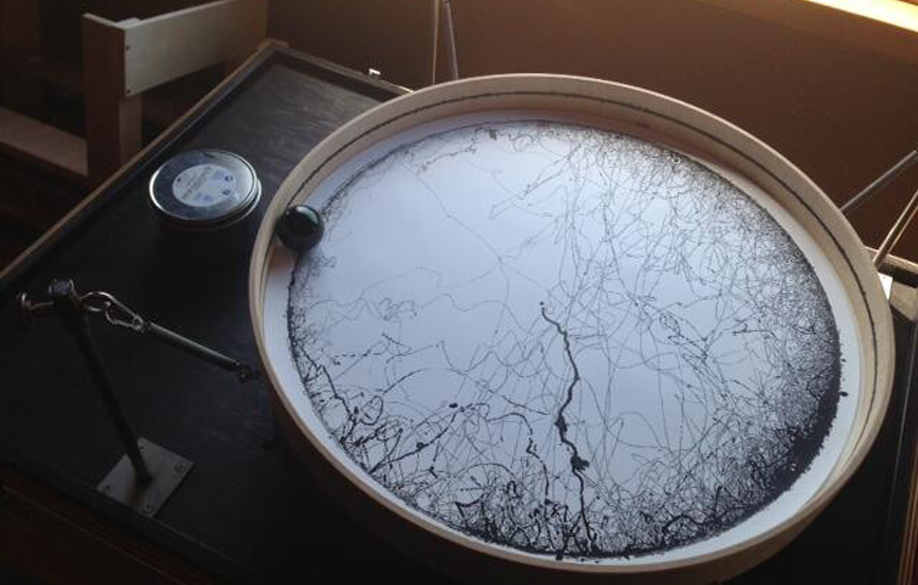
Where else can students find you these days? "Well, I am teaching at the University of Addis Ababa in Ethiopia. I have an adjunct professorship there. The city is very exciting; it is undergoing such unbelievable change. It’s interesting to go to Addis Ababa and look back at Berlin. We see Berlin in a different light. From Addis Ababa, Berlin looks much less active place than one would usually think."
For more on this important contemporary artist buy a copy of our Olafur Eliasson monograph; for more on how to think, see and live like an artist buy a copy of Akademie X, here.